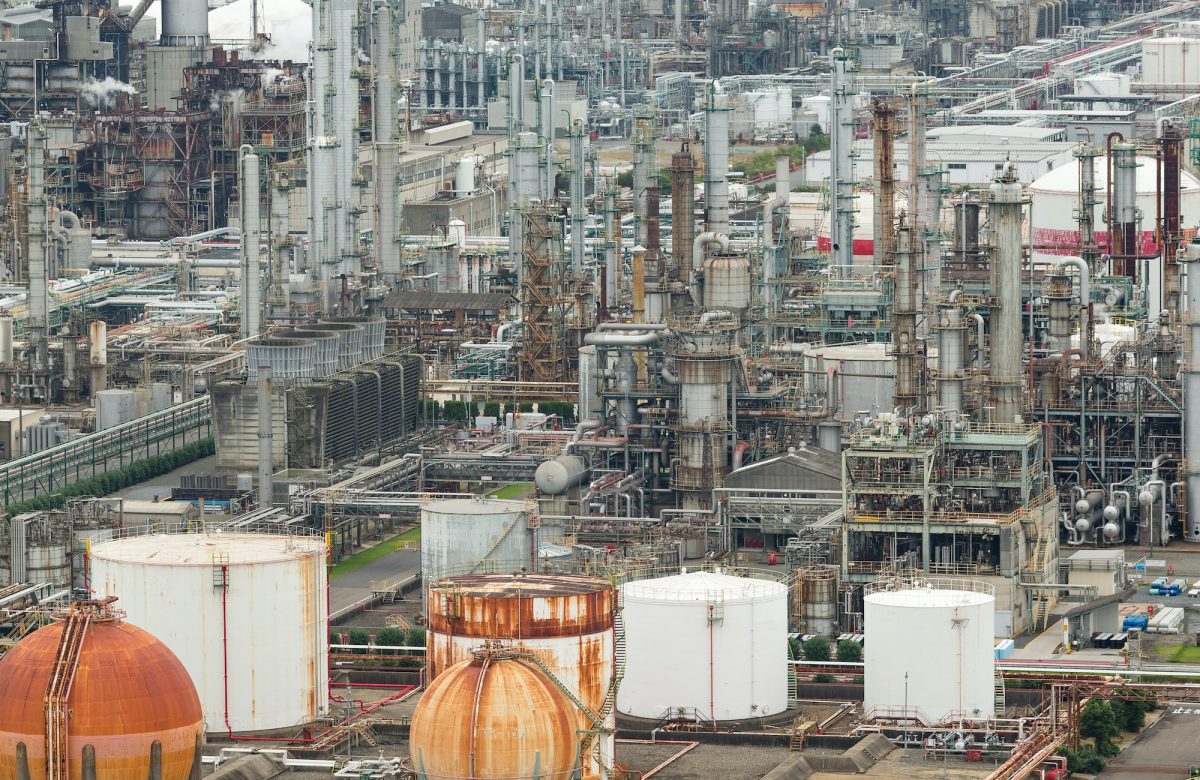Manufacturing plants consume a significant amount of energy and often have high energy costs. With the current trend towards sustainable energy and reducing carbon footprints, it is important for manufacturers to take steps to maximize energy efficiency. By doing so, manufacturers can reduce energy costs, minimize their impact on the environment, and increase their competitiveness in the marketplace. In this blog post, we will outline some of the steps that manufacturers can take to maximize energy efficiency in their operations.
1. Energy Audit
Conducting an energy audit is a critical first step in maximizing energy efficiency. An energy audit involves analyzing the energy consumption of the manufacturing plant, identifying energy-wasting processes and areas, and developing recommendations for reducing energy consumption. Energy audits can be performed by in-house engineers, consultants, or energy service companies.
The following are the key steps in conducting an energy audit:
1.1 Gather data
Collect data on the plant’s energy consumption, including electricity, gas, and water usage. This data should be collected over a period of time to get an accurate picture of energy consumption.
1.2 Identify areas of inefficiency
Look for areas where energy is being wasted, such as HVAC systems, lighting, or production line idle time. An energy auditor will be able to identify areas where energy is being wasted and provide recommendations for reducing energy consumption. Visit this website to learn about inefficiency in your home too.
1.3 Develop recommendations
Develop recommendations for reducing energy consumption, including the implementation of energy-efficient technologies, optimization of HVAC systems, reducing production line idle time, and implementation of energy-saving lighting solutions. The recommendations should be tailored to the specific needs of the manufacturing plant and should be feasible and cost-effective.
2. Energy-Saving Techniques
There are several energy-saving techniques that manufacturers can implement to reduce energy consumption and maximize energy efficiency.
2.1 Implementing energy-efficient technologies
Replacing outdated equipment with energy-efficient technologies can significantly reduce energy consumption. For example, replacing outdated HVAC systems with energy-efficient systems can reduce energy consumption by 30% or more.
2.2 Optimizing HVAC systems
HVAC systems consume a significant amount of energy in manufacturing plants. Optimizing HVAC systems, such as maintaining optimal temperature levels and improving insulation, can reduce energy consumption.
2.3 Reducing production line idle time
Reducing idle time on the production line can reduce energy consumption and increase efficiency. Implementing scheduling and maintenance programs can help reduce idle time and improve energy efficiency.
2.4 Implementing energy-saving lighting solutions
Replacing traditional lighting systems with energy-efficient lighting solutions, such as LED lights, can significantly reduce energy consumption. LED lights consume 80% less energy than traditional lighting systems and have a longer lifespan.
3. Employee Involvement
Employees play a critical role in maximizing energy efficiency in manufacturing plants. Two Vintners suggest that encouraging energy-saving behavior in the workplace and providing training and education on energy efficiency can help employees understand their role in reducing energy consumption.
3.1 Encouraging energy-saving behavior
Encouraging employees to turn off lights and equipment when not in use, and to minimize energy waste, can significantly reduce energy consumption.
3.2 Providing training and education
Providing employees with training and education on energy efficiency can help them understand their role in reducing energy consumption and how to implement energy-saving techniques. This can include training on energy-saving techniques, such as turning off lights and equipment when not in use, and energy-efficient technologies, such as LED lighting systems.
4. Monitoring Energy Consumption
Monitoring energy consumption is an important step in maximizing energy efficiency. By monitoring energy consumption, manufacturers can track their progress and identify areas where energy consumption can be reduced.
4.1 Installing energy meters
Installing energy meters like a temperature transmitter to track energy consumption in real-time can help manufacturers identify areas where energy is being wasted and take steps to reduce energy consumption. Energy meters can be installed on individual pieces of equipment or throughout the entire manufacturing plant.
4.2 Implementing an energy management system
Implementing an energy management system can help manufacturers monitor energy consumption and identify areas where energy can be saved. Energy management systems can track energy consumption in real time and provide data analysis to identify energy-wasting processes.
4.3 Conducting regular energy assessments
Conducting regular energy assessments can help manufacturers track their progress and identify areas where energy consumption can be reduced. Energy assessments should be conducted at least annually and can be performed by in-house engineers, consultants, or energy service companies.
5. Implementing Renewable Energy Solutions
Implementing renewable energy solutions can help manufacturers reduce their carbon footprint and increase energy efficiency. Renewable energy solutions, such as solar panels, wind turbines, and geothermal systems, can provide a clean and sustainable source of energy.
5.1 Solar panels
Solar panels can provide a clean and sustainable source of energy for manufacturing plants. Solar panels can be installed on the roof or on the ground and can generate electricity during the day.
5.2 Wind turbines
Wind turbines can provide a clean and sustainable source of energy for manufacturing plants. Wind turbines can be installed on the roof or on the ground and can generate electricity when the wind is blowing.
5.3 Geothermal systems
Geothermal systems can provide a clean and sustainable source of energy for manufacturing plants. Geothermal systems use the heat from the earth to generate electricity and can provide a constant source of energy.
—
Last Word
In conclusion, maximizing energy efficiency in manufacturing plants is critical for reducing energy costs, minimizing the impact on the environment, and increasing competitiveness in the marketplace.
Implementing the steps outlined in this blog post, including conducting an energy audit, implementing energy-saving techniques, involving employees, monitoring energy consumption, and implementing renewable energy solutions, can help manufacturers achieve their energy efficiency goals.
